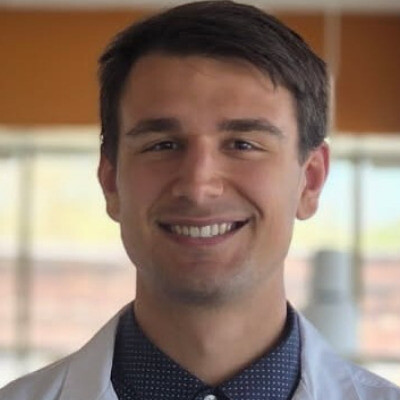Med2med: Fostering Medical Student Wellness Through Connection
Background
Medical school is intensely challenging—academically, emotionally, and socially—with the post-COVID shift to virtual learning only deepening students’ struggles. Nationally, medical students report higher rates of anxiety, depression, burnout, and suicidal ideation (up to 11%) compared to age-matched peers. The LCME now requires schools to maintain “an effective system of counseling services that promote [student] well-being.” While recent studies suggest student-led wellness initiatives are among the most effective, few medical schools assess structured peer support models.
Med2Med is a student-led initiative addressing this gap by fostering peer support, open dialogue, and emotional resilience. This study evaluates Med2Med’s impact on medical student well-being.
Methods
Before 2024, Med2Med served as an open forum for first- and second-year students at Wayne State University School of Medicine to connect over academic and personal challenges. Some sessions featured clinician-led discussions on peer support and mental health. In 2024, Med2Med expanded to include activities like soccer, yoga, and painting to support interpersonal connection, physical and emotional health. Optional, anonymous pre- and post-session surveys based on the Medical Student Well-Being Index were administered to attendees. Two-proportion Z-tests assessed statistical significance.
Results
Med2Med interventions correlated with changes in burnout, stress, and quality of life. Notably, 2024 attendees reported an 18.5% reduction in emotional hardening (z = 2.32, p ≈ 0.02). Other changes included a 12.3% improvement in mental quality of life (z = 1.63, p ≈ 0.10) and a 13.1% reduction in stress (z = 1.70, p ≈ 0.09). Burnout rates also dropped moderately (↓8.5% in 2023). In 2023, 76% rated the session excellent or very good (n=56); in 2024, this rose to 88% (n=66).
Discussion
These findings highlight the importance of student-led wellness programming. Preliminary findings show that Med2Med’s shift to activity-based interventions in 2024 may have further addressed emotional hardening and stress, while direct peer support initiatives may be more valuable in reducing burnout. These approaches support individual wellness and may prepare students to thrive in team-based care environments, where emotional resilience is vital to patient safety and compassionate care.
Limitations include a small sample size, potential sample bias, and data that assesses short-term outcomes. Future plans include refining survey measures to assess social support, expanding programming through collaborations with student organizations, and longitudinal surveys to assess Med2Med’s long-term impact.
Conclusion
Preliminary findings suggest Med2Med effectively supports student wellness through peer-driven, evidence-based programming and offers a low-cost, scalable model for promoting the development of future physicians.



